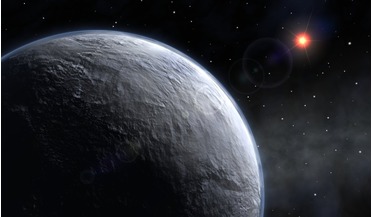 26 November 2021
A closer Moon could have helped the early habitability of our planet
26 November 2021
A closer Moon could have helped the early habitability of our planet
... apparent contradiction between observations of liquid water early in Earth’s history and a low output of the Sun is known as the faint Sun paradox or faint Sun problem. This issue was raised by astronomers Carl Sagan and George Mullen in 1972. Since...
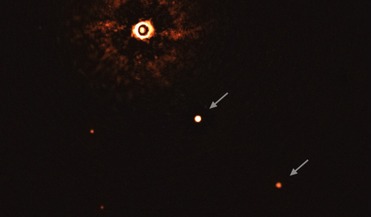 22 July 2020
Astronomers capture the first ever image of a multi-planet system around a Sun-like star
22 July 2020
Astronomers capture the first ever image of a multi-planet system around a Sun-like star
... a star similar to the Sun. The observations can help astronomers understand how ...the Sun; they lie at only 5 and 10 times the Earth-Sun distance, respectively. The team also found the two exoplanets are much heavier than the ones in our Solar System, the...
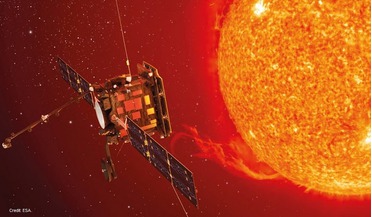 June 2015
Ultimate sunbather: NASA and ESA collaborate on Solar Orbiter
June 2015
Ultimate sunbather: NASA and ESA collaborate on Solar Orbiter
... orbit will take 6 months. Solar Orbiter has to travel close to the Sun, out of the ecliptic plane (where the planets all reside), so it can observe the poles of the Sun as well as the equator. This unique orbit will make it possible to conduct long...
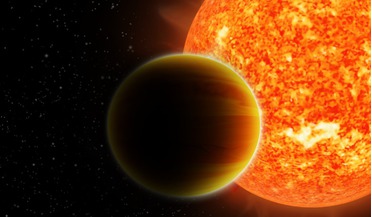 20 June 2016
Trio of hot Jupiters give clue to their formation
20 June 2016
Trio of hot Jupiters give clue to their formation
... is a well studied star cluster and recent estimates of the age range of its inhabitants imply that the stars are younger than the Sun (at around 4 billion years). The team state that the high rate – three hot Jupiters around a sample...
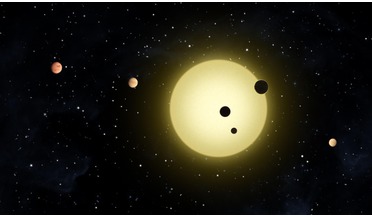 27 October 2017
Astronomers find system with six planets
27 October 2017
Astronomers find system with six planets
.... HD 3445 is a G0V type star. Our Sun for example is a G2V type star (the 0 represents the hottest stars of a given class, so the Sun is cooler than HD 34445). HD 34445 is also slightly more massive than the Sun and around 2 to 4 billion years older...
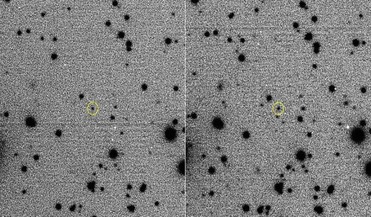 23 May 2018
First permanent extrasolar asteroid found near Jupiter
23 May 2018
First permanent extrasolar asteroid found near Jupiter
... it was found that 2015 BZ509 shares an orbit with Jupiter and travels around the Sun at the same speed as the giant gas planet, but it does so in the opposite direction. This is called a retrograde orbit and although asteroids with retrograde...